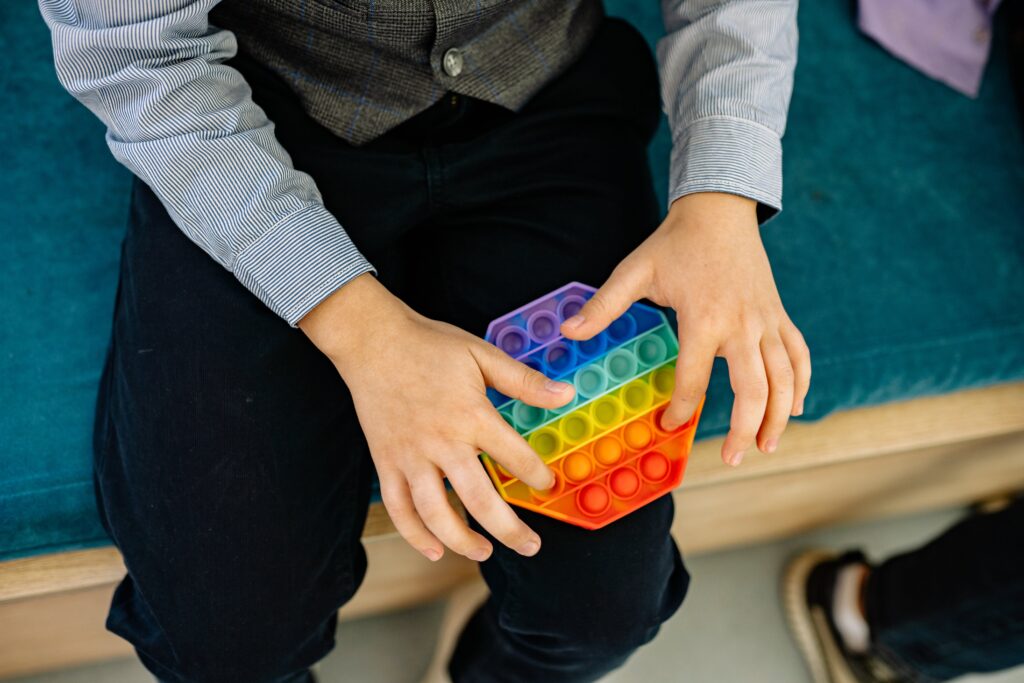
The holiday season is a time filled with joy, laughter, and cherished moments. For families with autistic children, it can also bring unique challenges. Understanding and addressing these challenges can make the holidays a more enjoyable and inclusive experience for everyone involved. In this blog post, we’ll explore some tips and strategies for navigating the holidays with an autistic child.
Understanding Autism
Before we delve into holiday specifics, it’s important to have a basic understanding of autism. Autism is a neurological and developmental disorder that affects individuals differently. Many times, it includes sensory sensitivities such as aversion to loud noises, a liking for routines, and trouble handling changes or new experiences. Autism can also affect how people understand things and how they interact with others, communicate, learn, and behave.
Routine and Structure
The holiday season may interrupt familiar routines, posing challenges for autistic children. To ease this, try to keep a sense of structure by sticking to daily routines as much as possible. Consider crafting a holiday routine chart with your child, using visual cues for activities from breakfast to bedtime rituals. This visual guide can help your child anticipate what comes next. Remember, the holidays are a time for celebration, and maintaining a sense of normalcy can be a valuable gift for your autistic loved ones.
Sensory Considerations

Many autistic children experience sensory sensitivities. Create a sensory-friendly space where children can retreat from the sensory stimulation that typically comes with festive gatherings. These spaces might feature comfy seating, like bean bags and soft cushions, along with textured mats and fidget toys. Creating a designated space promotes an inclusive and supportive atmosphere during holiday events.
Communicating with Family and Friends
Maintaining open communication with family and friends is crucial. It’s important to share details about your child’s needs, preferences, and potential challenges they may face during gatherings. Smaller get-togethers or organized activities can be more comfortable for children with autism. Encourage your loved ones to participate in activities that foster connections without causing sensory overload. All of these efforts contribute to building a supportive and understanding atmosphere.
Gift Giving
When choosing gifts, think about items that match your child’s likes and sensory preferences. For example, if a child enjoys art, you could consider giving them a sensory-friendly art kit. This kit might include textured brushes, moldable clay with vibrant colors, and scented markers. These items not only spark creativity but also provide different sensory experiences. Another considerate gift could be noise-canceling headphones for a child sensitive to loud sounds. This helps them enjoy activities like listening to music or watching movies without discomfort.
Experiences can be just as special. Think about giving tickets to a sensory-friendly performance or a visit to a calm and interactive museum exhibit. These experiences offer moments of joy and engagement while respecting the child’s sensory needs. By picking gifts that focus on both interests and sensory comfort, you can create moments of happiness beyond the holiday season.
Conclusion
Navigating the holidays with an autistic child means finding a careful balance between enjoying the festive atmosphere and meeting their unique needs. By recognizing and dealing with sensory sensitivities, sticking to routines, encouraging open communication, and choosing gifts that match their interests and comfort, you can create a holiday season that is both joyful and inclusive. Keep in mind that even small, purposeful actions can have a meaningful impact, ensuring a happy and harmonious celebration for everyone.

